Home>Home Appliances>Laundry Appliances>How To Fix SD On A Washing Machine


Laundry Appliances
How To Fix SD On A Washing Machine
Published: February 20, 2024
Learn how to troubleshoot and repair SD errors on your washing machine with our expert tips and advice. Keep your laundry appliances running smoothly.
(Many of the links in this article redirect to a specific reviewed product. Your purchase of these products through affiliate links helps to generate commission for Storables.com, at no extra cost. Learn more)
Introduction
Dealing with a washing machine error can be frustrating, especially when it disrupts your laundry routine. One of the common errors that many homeowners encounter is the SD error on their washing machines. When this error code appears, it indicates that there is an issue with the machine's ability to drain water properly. This can lead to a halt in the washing cycle, leaving you with a pile of wet clothes and a perplexing error message.
Understanding the SD error and knowing how to address it can save you time, money, and the hassle of dealing with a malfunctioning appliance. In this comprehensive guide, we will delve into the details of the SD error, its common causes, and the steps you can take to resolve it. By the end of this article, you will be equipped with the knowledge and confidence to tackle the SD error on your washing machine effectively.
Let's embark on this journey to unravel the mysteries of the SD error and empower ourselves with the expertise to conquer this laundry appliance nemesis.
Key Takeaways:
- Don’t use too much detergent! It can cause a sudsy mess in your washing machine, leading to the SD error. Stick to HE detergent and measure carefully to avoid this laundry catastrophe.
- Keep it clean and balanced! Regularly clean your washing machine and don’t overload it with laundry. This helps prevent suds buildup and keeps your machine running smoothly.
Understanding the SD Error
The SD error code on a washing machine is a distress signal from the appliance, indicating a problem with the proper draining of water during the wash cycle. The acronym "SD" typically stands for "Suds," which signifies an excessive presence of suds or foam in the machine. When the washing machine detects an abnormal level of suds, it triggers the SD error to alert the user and prevent potential damage to the appliance or the laundry being washed.
Excessive suds can impede the draining process, leading to water retention within the machine and disrupting the normal washing cycle. This can result in incomplete rinsing, soapy residue on clothes, and potential damage to the washing machine's components if not addressed promptly.
The SD error is commonly associated with high-efficiency (HE) washing machines, which require the use of HE detergent to prevent excessive suds formation. HE detergents are formulated to produce fewer suds, ensuring efficient rinsing and drainage during the wash cycle. However, if non-HE detergent or an excessive amount of detergent is used, it can lead to an overabundance of suds, triggering the SD error.
Additionally, factors such as water hardness, laundry load size, and detergent concentration can contribute to the occurrence of the SD error. Understanding the dynamics of suds formation and drainage within the washing machine is crucial in effectively addressing and preventing the SD error.
By comprehending the implications of the SD error and its correlation with suds, users can take proactive measures to mitigate its occurrence and maintain the optimal performance of their washing machines. This understanding serves as the foundation for implementing targeted solutions and preventive strategies to combat the SD error, ensuring a seamless and efficient laundry experience.
In the subsequent sections, we will explore the common causes of the SD error and delve into practical steps to troubleshoot and resolve this issue, empowering users to conquer the challenges posed by the SD error on their washing machines.
Common Causes of the SD Error
The SD error on a washing machine can stem from various factors, each contributing to the disruption of the draining process and the subsequent triggering of the error code. Understanding the common causes of the SD error is pivotal in diagnosing and addressing the underlying issues effectively. Let's delve into the prevalent culprits behind this perplexing error:
-
Incorrect Detergent Usage: One of the primary causes of the SD error is the use of non-HE detergent in high-efficiency washing machines. HE machines are designed to operate optimally with low-sudsing detergents, and the use of traditional, non-HE detergents can lead to excessive suds formation, triggering the error code.
-
Excessive Detergent Usage: Overpouring detergent, even if it is an HE variant, can result in an abundance of suds during the wash cycle. This can overwhelm the washing machine's drainage system, impeding the proper expulsion of water and leading to the SD error.
-
Hard Water and Detergent Interaction: In areas with hard water, the minerals present in the water can interact with the detergent, leading to increased suds formation. This can exacerbate the likelihood of encountering the SD error, especially if the detergent dosage is not adjusted to account for water hardness.
-
Large Laundry Loads: Overloading the washing machine with an excessive amount of laundry can hinder the proper circulation of water and detergent, potentially causing suds buildup and drainage issues. This can contribute to the occurrence of the SD error, particularly in conjunction with other contributing factors.
-
Detergent Residue and Buildup: Accumulated detergent residue within the washing machine, particularly in the detergent dispenser and other internal components, can lead to excessive suds formation. This can be a result of infrequent cleaning and maintenance, exacerbating the risk of encountering the SD error.
By recognizing these common causes of the SD error, users can pinpoint the specific factors contributing to the issue and take targeted measures to mitigate their impact. In the subsequent section, we will explore practical steps to address the SD error and restore the optimal functionality of the washing machine.
To fix an SD error on a washing machine, check for clogged or kinked drain hose, clean the filter, and ensure the machine is level to prevent water drainage issues.
Steps to Fix the SD Error
Resolving the SD error on your washing machine requires a systematic approach to address the underlying causes and restore the appliance's optimal functionality. By following these practical steps, you can effectively troubleshoot the SD error and ensure seamless laundry operations:
-
Pause the Washing Cycle: When the SD error appears on the display, pause the washing cycle immediately. This prevents further agitation and allows you to address the issue without exacerbating the suds formation or drainage problems.
-
Check the Laundry Load: Assess the size and composition of the laundry load in the washing machine. If the load is excessively large or contains bulky items that impede water circulation, remove some items to optimize the washing conditions.
-
Inspect the Detergent Usage: Verify that you are using high-efficiency (HE) detergent specifically formulated for use in HE washing machines. If non-HE detergent was mistakenly used, or if excessive detergent was poured into the machine, proceed to the next step.
-
Run a Rinse Cycle: To address the suds buildup, initiate a rinse cycle without adding any additional detergent. This allows the washing machine to flush out the excess suds and soap residue, facilitating proper drainage.
-
Clean the Detergent Dispenser: If detergent residue is present in the detergent dispenser or other internal components, clean them thoroughly to remove any buildup. Use a mild detergent and warm water to scrub away residue and ensure unobstructed detergent dispensing.
-
Reset the Machine: After addressing the potential causes of the SD error, reset the washing machine by unplugging it for a few minutes before plugging it back in. This can help clear any temporary glitches and recalibrate the appliance.
-
Resume the Wash Cycle: Once the necessary steps have been taken to mitigate the suds-related issues, resume the wash cycle and monitor the machine for any recurrence of the SD error. Ensure that the machine completes the cycle without displaying the error code.
By following these steps, you can effectively address the SD error on your washing machine and restore its optimal performance. Additionally, implementing preventive measures can help minimize the likelihood of encountering the SD error in the future, ensuring a smooth and efficient laundry experience.
In the subsequent section, we will explore proactive strategies to prevent the recurrence of the SD error and maintain the long-term functionality of your washing machine.
Preventing Future SD Errors
Preventing the recurrence of the SD error on your washing machine involves implementing proactive measures to mitigate the factors that contribute to suds buildup and drainage issues. By adopting the following preventive strategies, you can safeguard your washing machine against future SD errors and maintain its optimal functionality:
-
Use HE Detergent: Ensure that you consistently use high-efficiency (HE) detergent specifically formulated for HE washing machines. These detergents are designed to produce minimal suds, facilitating efficient rinsing and drainage during the wash cycle. By adhering to the recommended detergent type, you can minimize the risk of encountering the SD error.
-
Measure Detergent Accurately: Avoid overpouring detergent into the washing machine, as excessive detergent can lead to suds overload and drainage issues. Use the recommended amount of detergent based on the laundry load size and soil level to prevent suds-related complications.
-
Adjust Detergent for Water Hardness: If you reside in an area with hard water, consider adjusting the detergent dosage to account for the water's mineral content. Hard water can interact with detergent and contribute to suds formation, potentially triggering the SD error. Using water softening agents or adjusting the detergent amount can help mitigate this issue.
-
Regular Maintenance and Cleaning: Incorporate regular cleaning and maintenance of your washing machine into your household routine. Clean the detergent dispenser, door seal, and other internal components to remove any detergent residue or buildup. Additionally, consider running a maintenance wash cycle with hot water and vinegar to keep the machine interior clean and free from suds-inducing residue.
-
Optimize Laundry Load Size: Avoid overloading the washing machine with excessive laundry, as this can impede water circulation and contribute to suds buildup. Follow the manufacturer's guidelines for load capacity and distribute the laundry evenly within the drum to facilitate proper washing and drainage.
-
Monitor Water Softener Usage: If your washing machine is equipped with a water softener, ensure that it is functioning effectively to minimize the impact of hard water on suds formation. Regularly maintain and replenish the water softener to support optimal washing conditions.
By integrating these preventive strategies into your laundry routine, you can significantly reduce the likelihood of encountering the SD error on your washing machine. Proactive maintenance, adherence to detergent guidelines, and awareness of water quality factors are essential in preserving the efficiency and longevity of your washing machine while minimizing the disruption caused by the SD error.
Frequently Asked Questions about How To Fix SD On A Washing Machine
Was this page helpful?
At Storables.com, we guarantee accurate and reliable information. Our content, validated by Expert Board Contributors, is crafted following stringent Editorial Policies. We're committed to providing you with well-researched, expert-backed insights for all your informational needs.
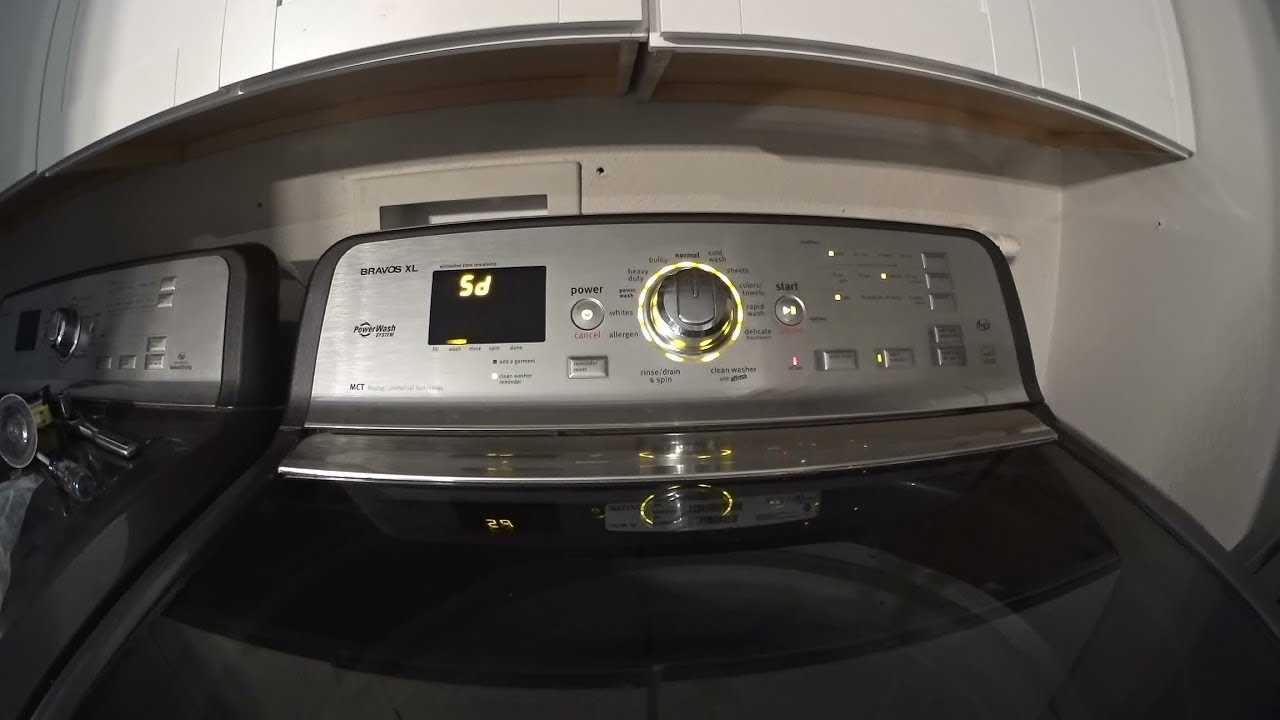
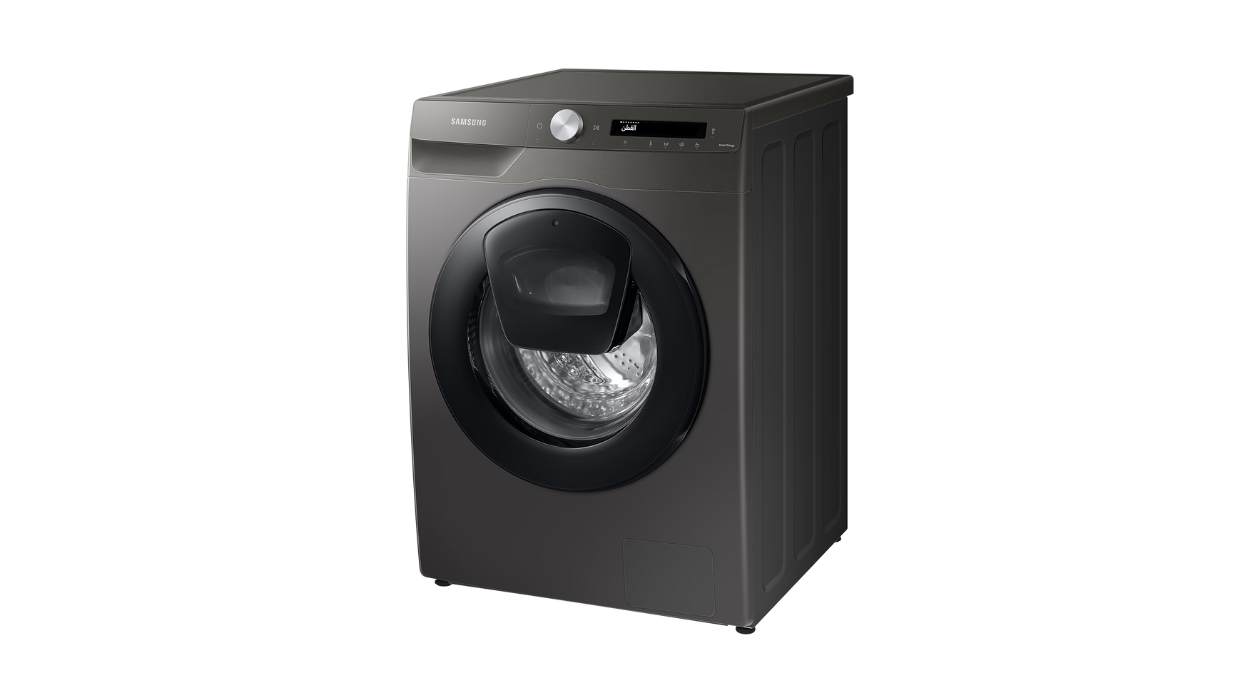


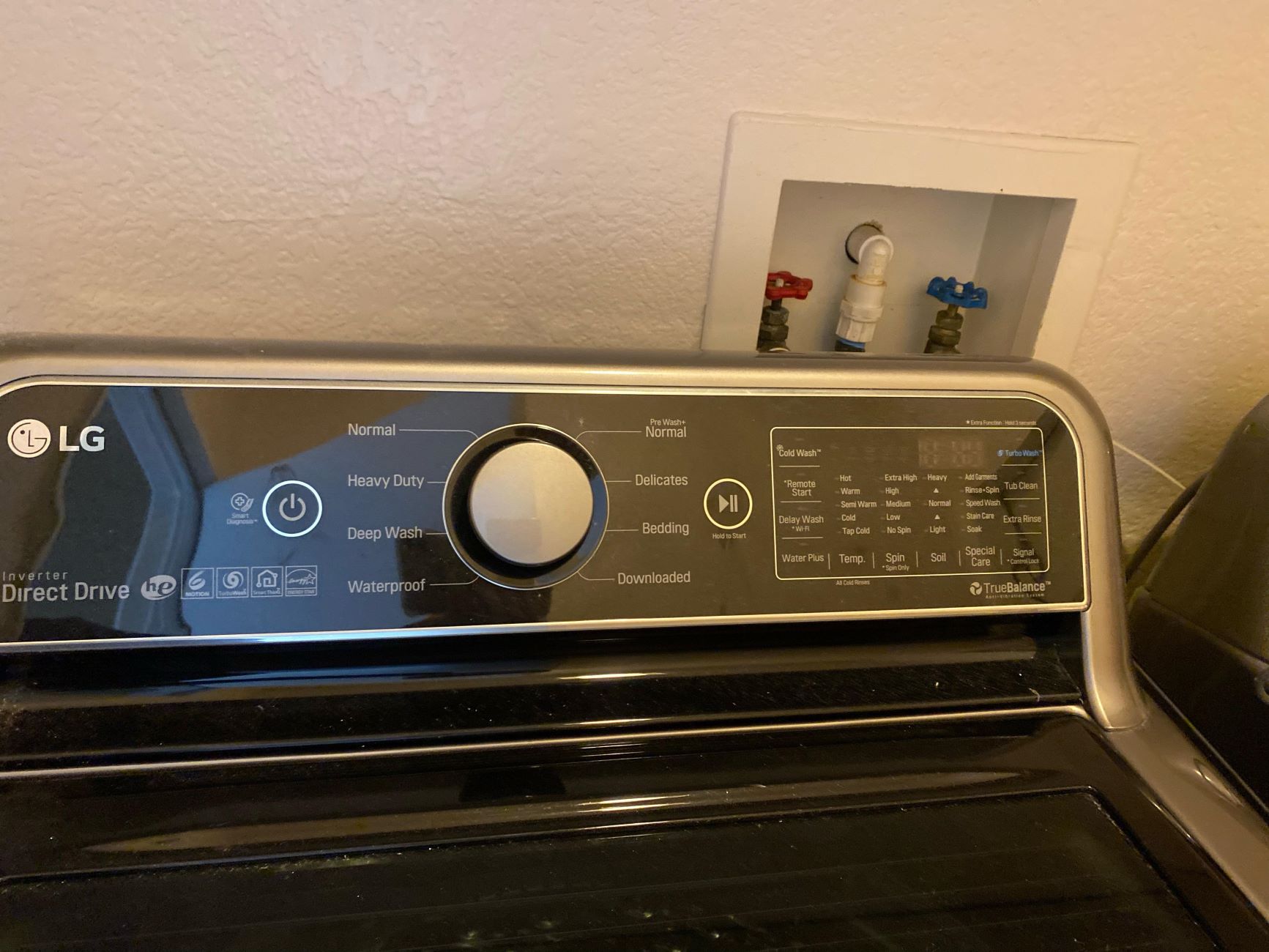
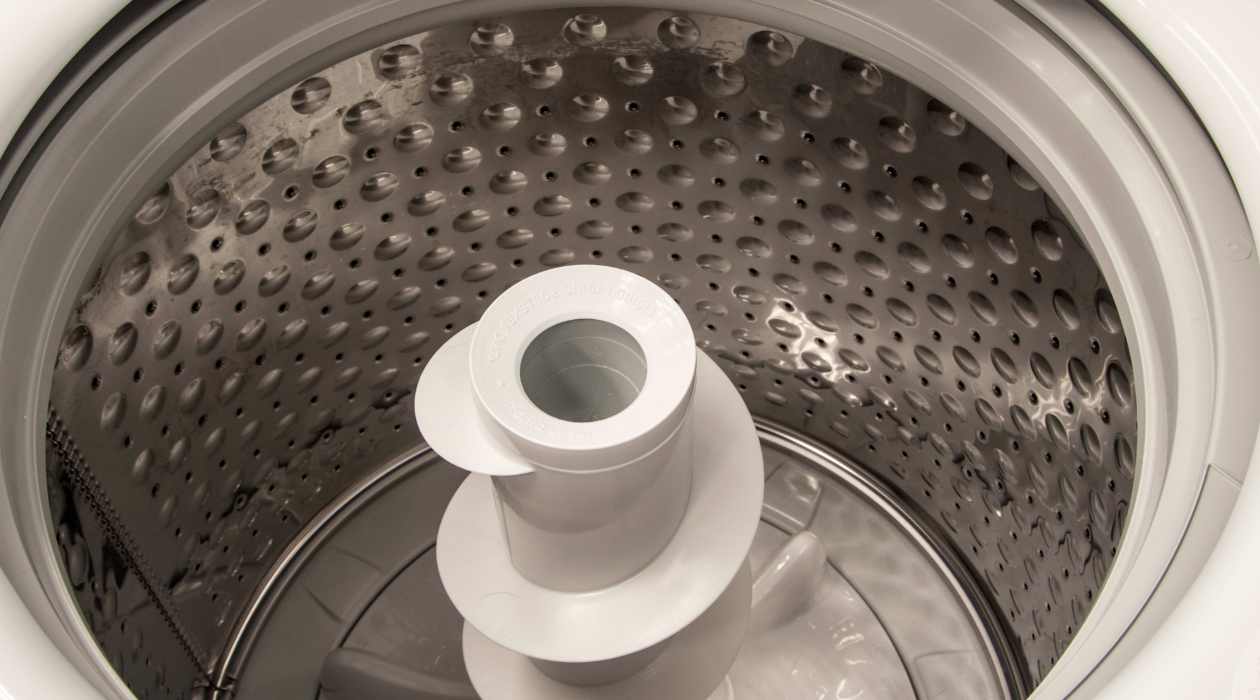

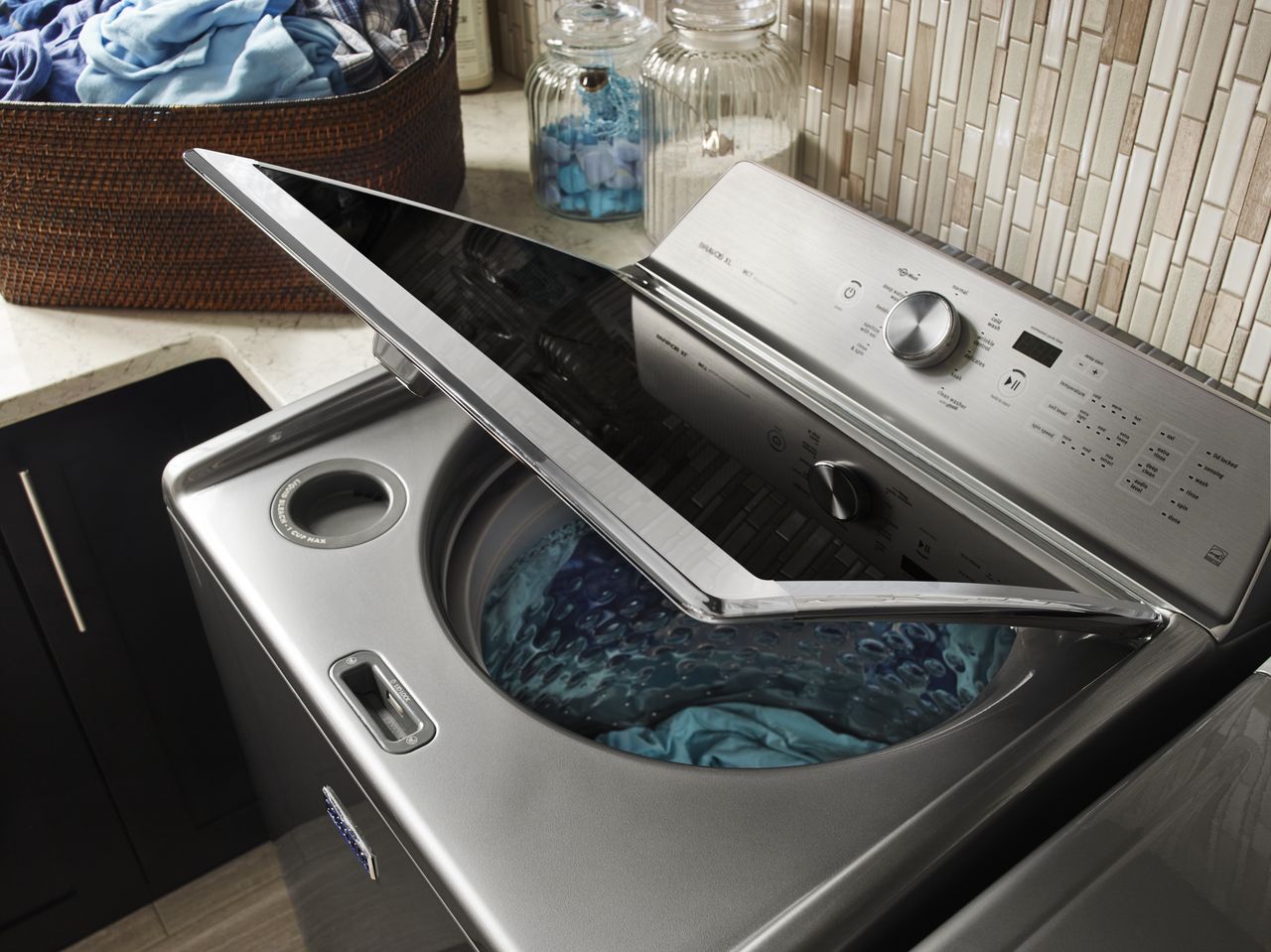
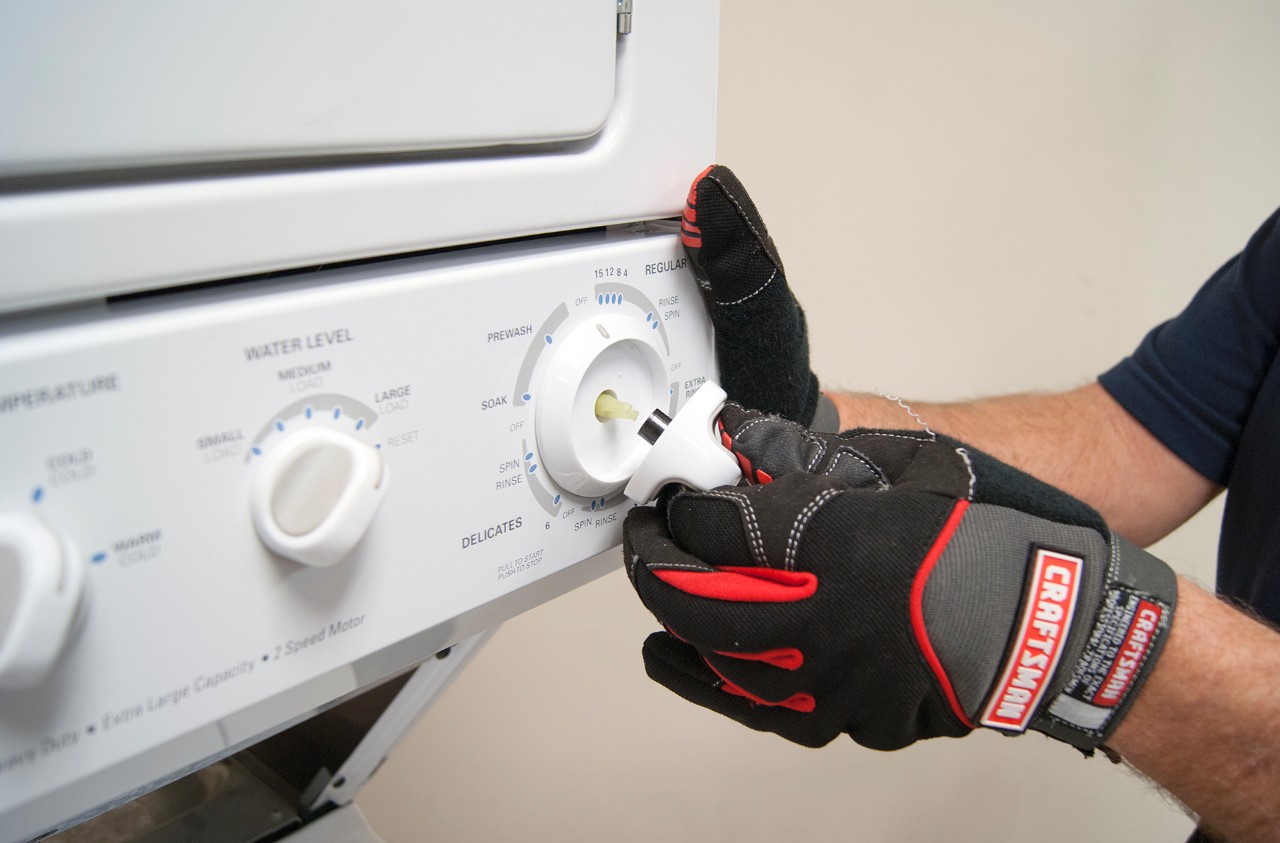
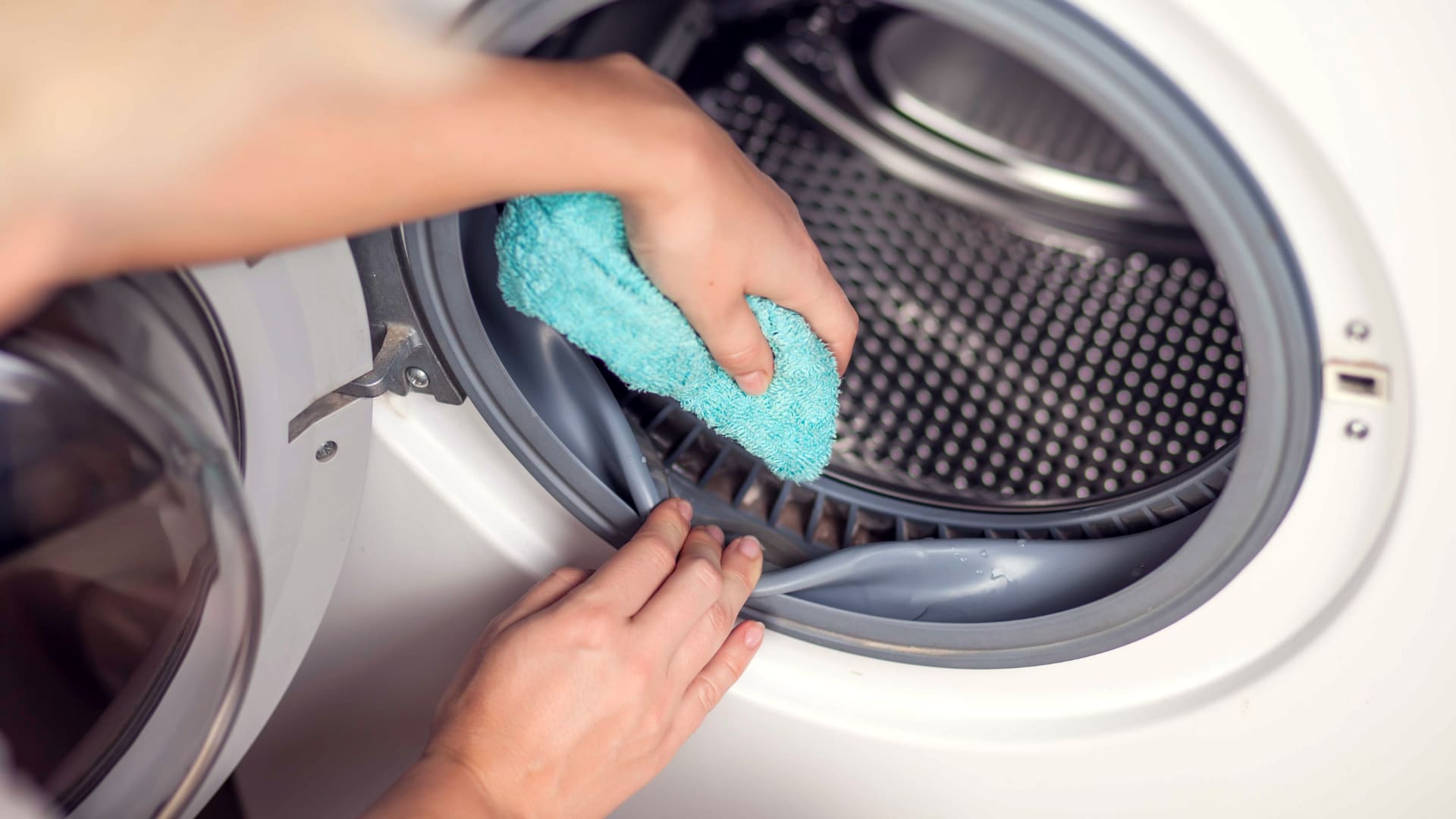
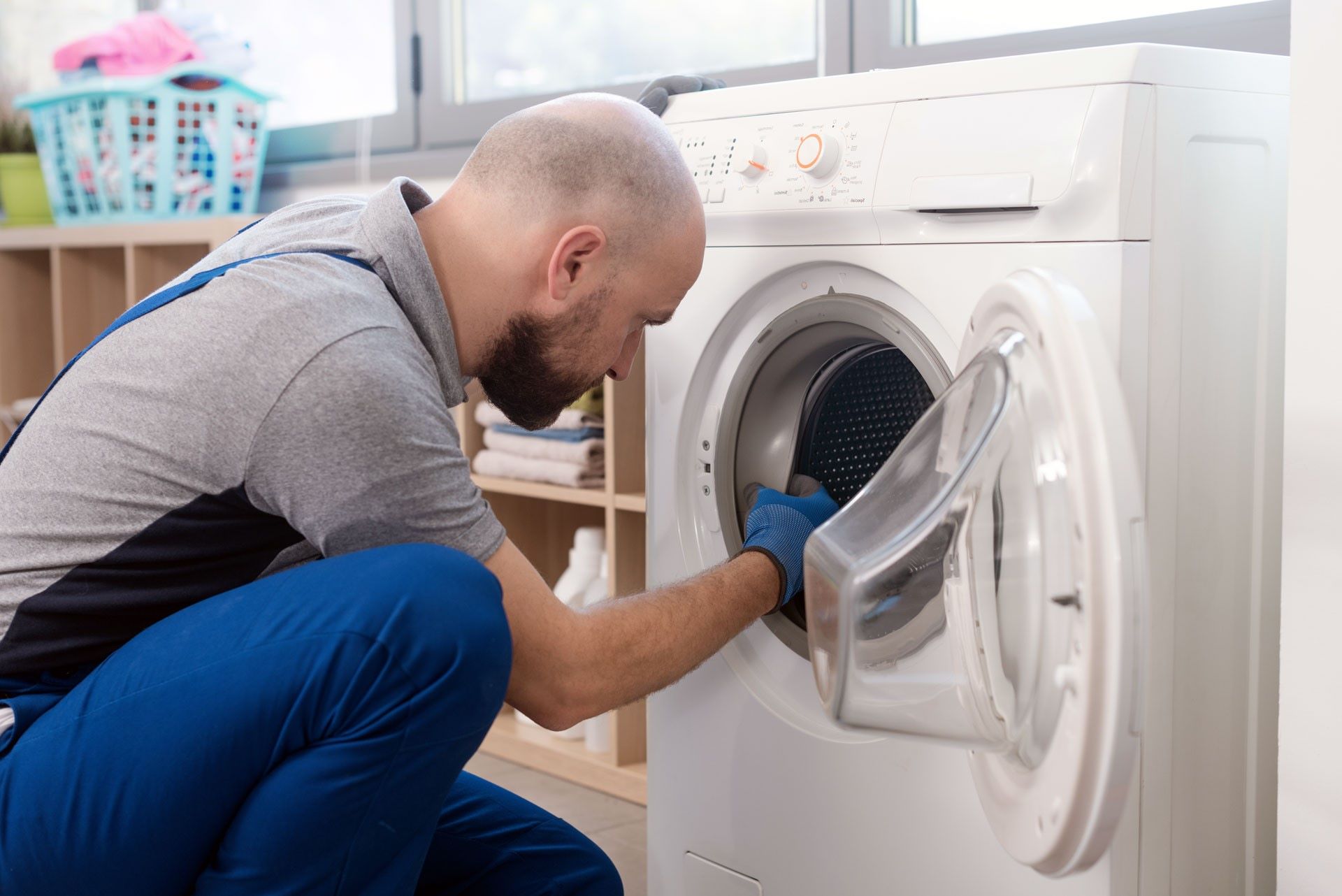
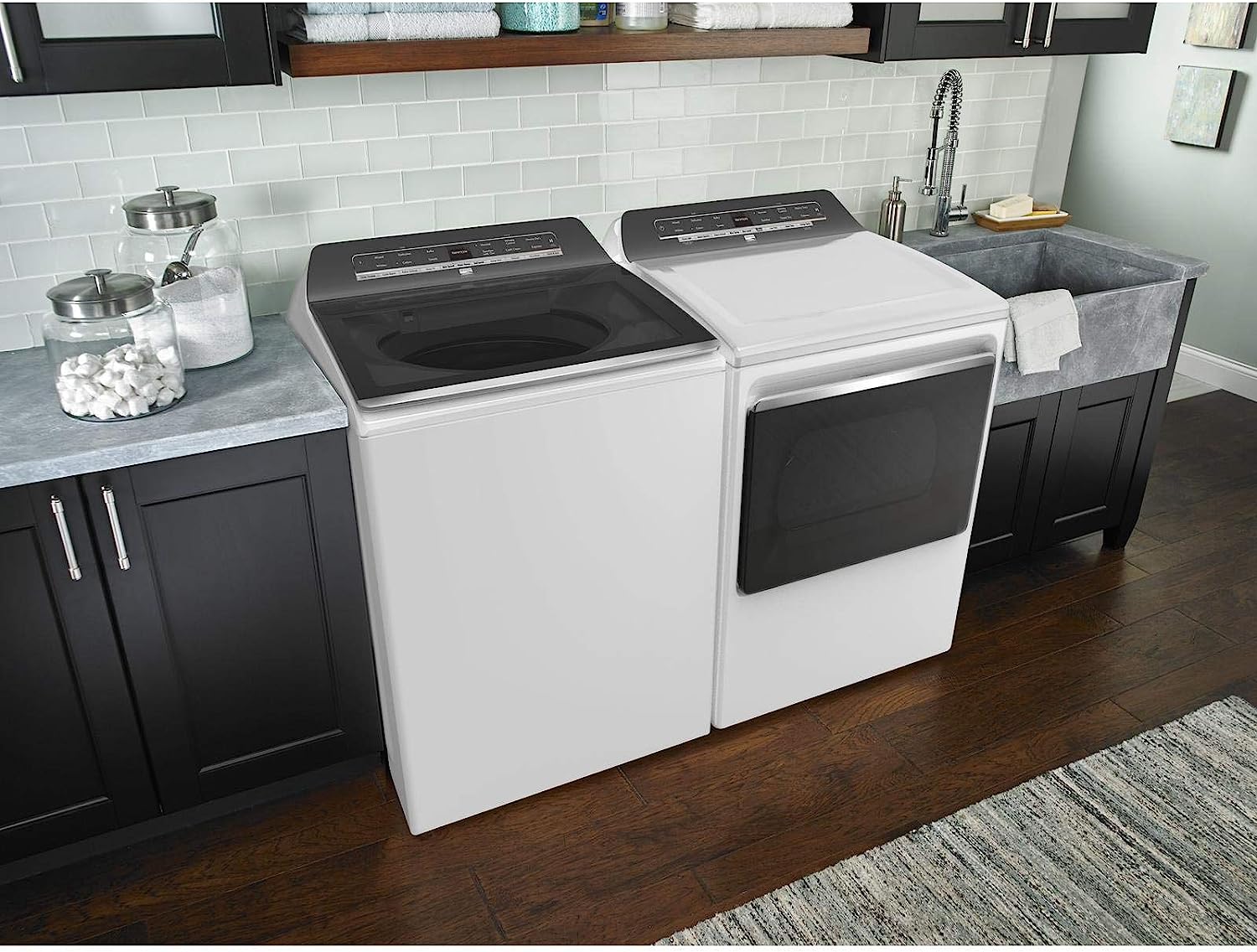
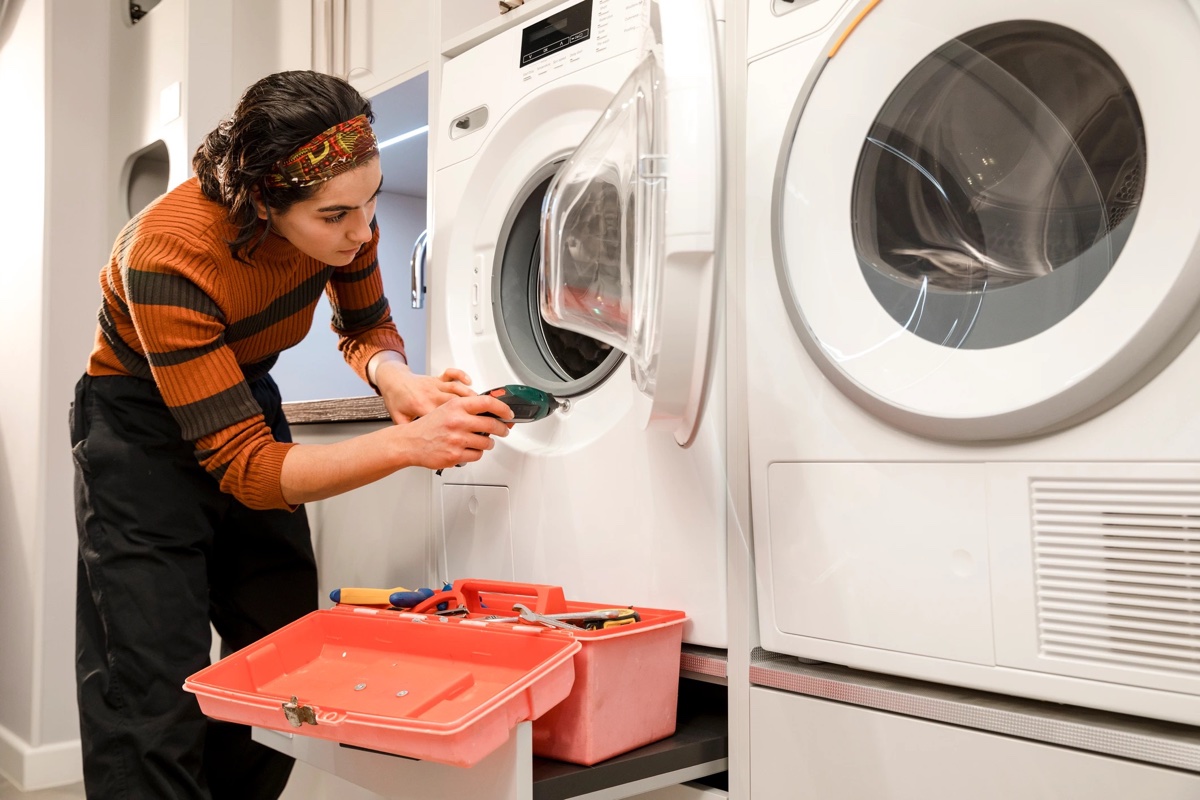
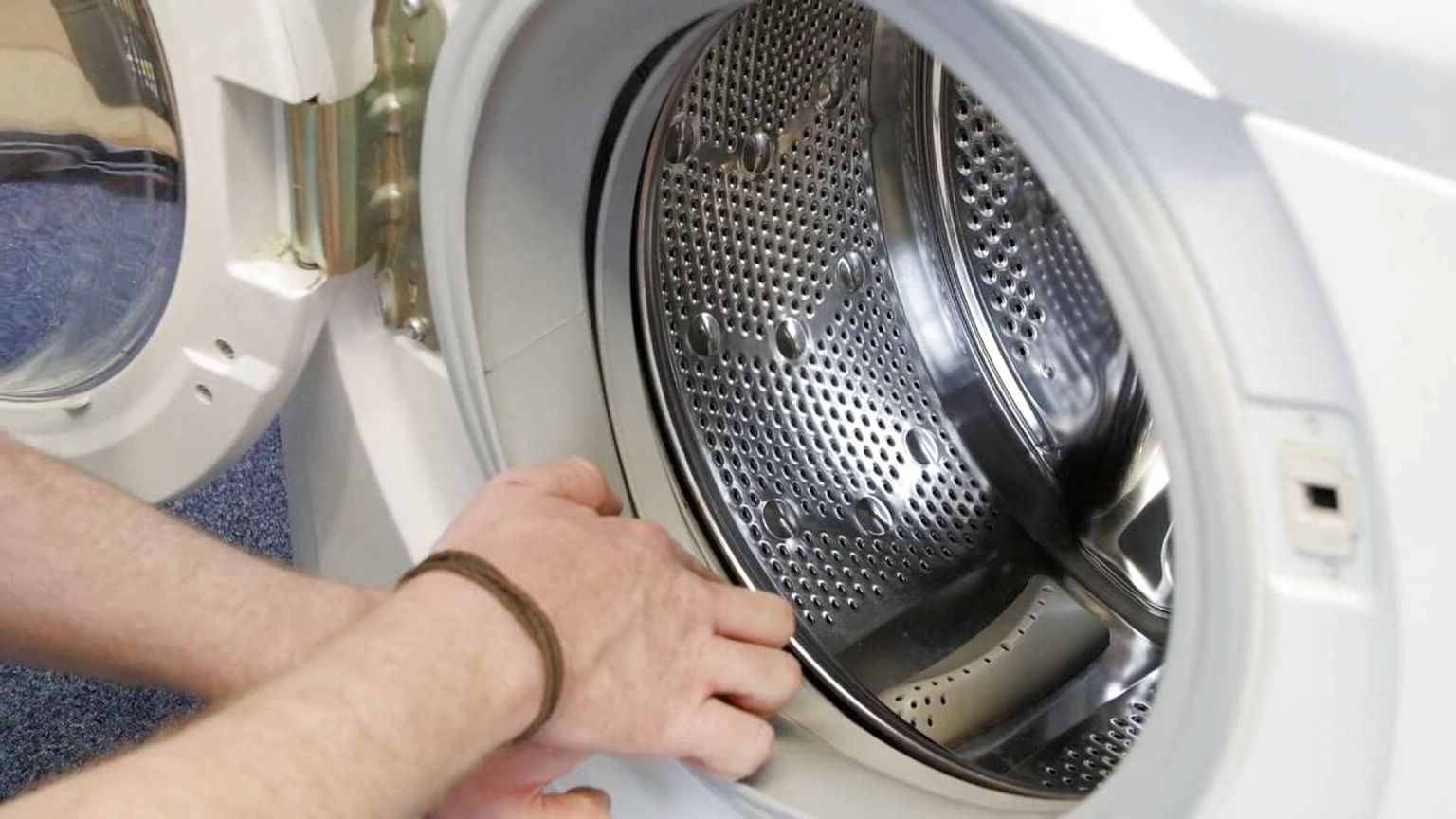
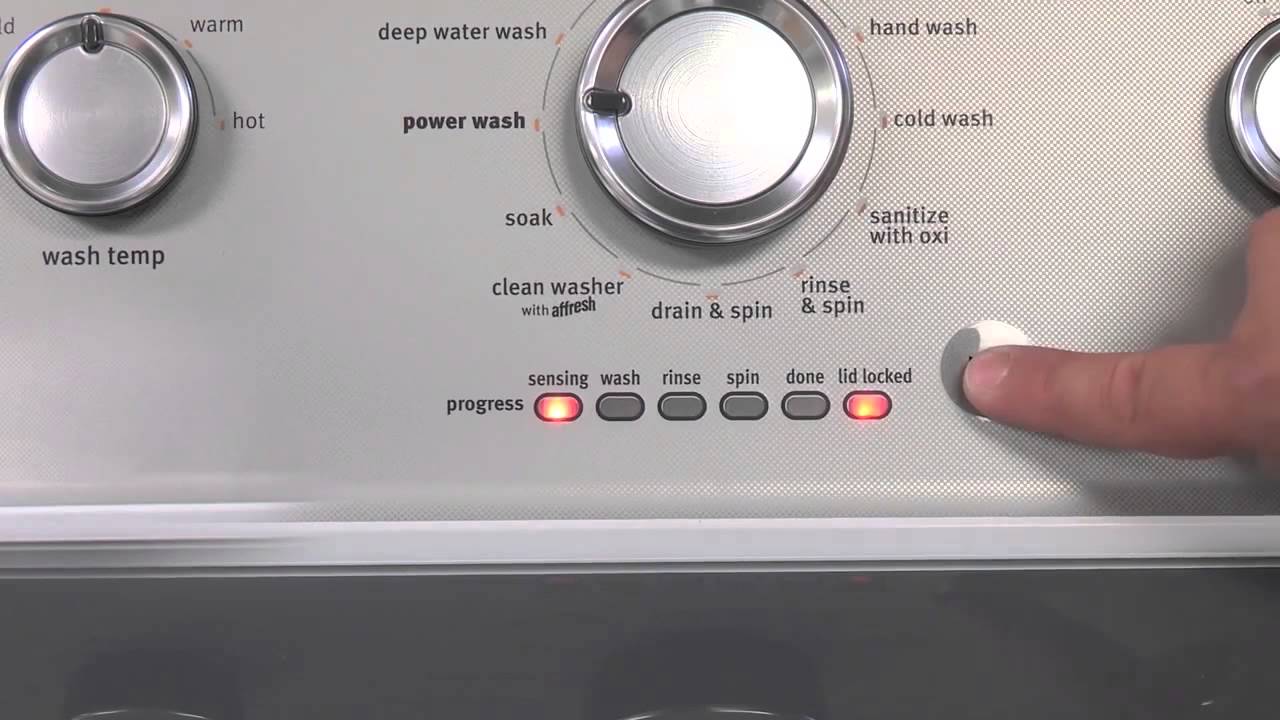

0 thoughts on “How To Fix SD On A Washing Machine”